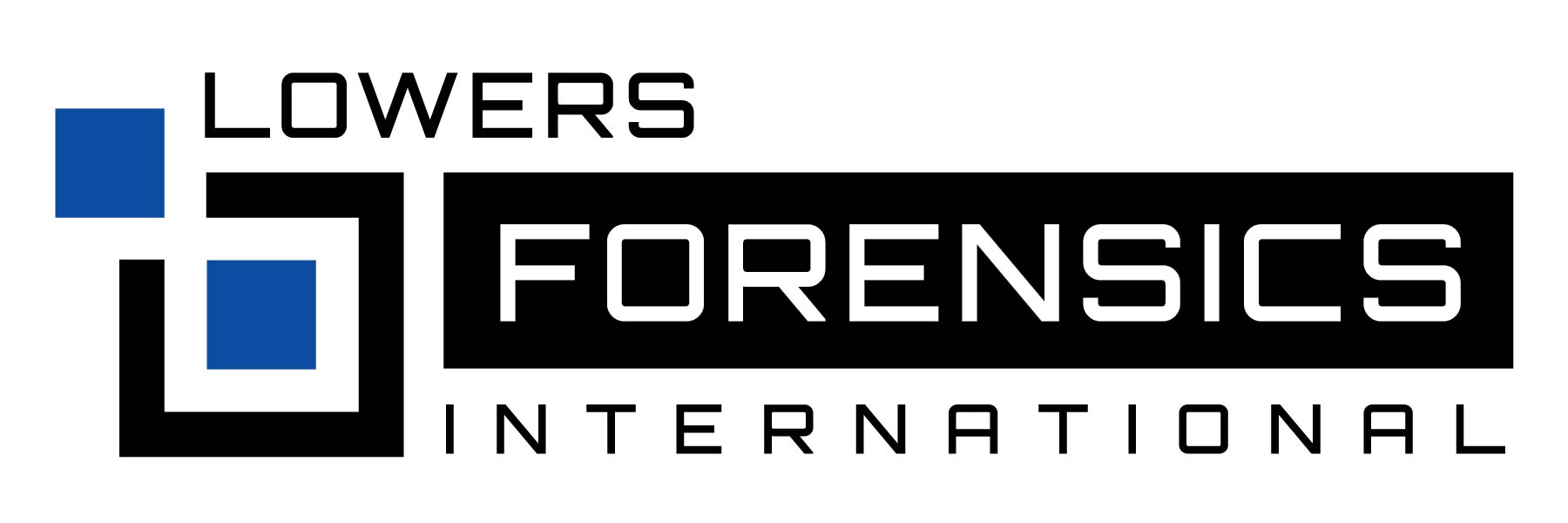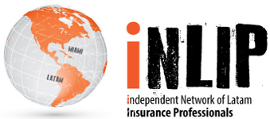
THE RISKS involved with ITM servicing and replenishment are complex and far-reaching. Yet, the opportunity for carriers to successfully mitigate the risks and employ sound operating practices can reap them more business from banks as ITM deployment continues to increase.

How ITMs are Changing the Business of CIT
It was not too long ago that CIT carriers operated armored vehicles with armed guards carrying cash from one brick-and-mortar facility to another. With the introduction of Automated Teller Machines (ATMs) in 1969, the role of carriers changed to increase the carriers’ responsibilities in the distribution of cash to numerous types of facilities and settings. Over time, changes in regulation, widespread internet and digital networks, and new banking practices led CIT carriers to become active partners in the financial system, specializing in cash management. Cash-in-transit carriers touch every point in the system where cash is in circulation. This evolution continues today with the increasing adoption of ITMs (Interactive Teller Machines). Like disruptive technologies in many industries, the ITM is built on an interactive platform of digital information traveling over redundant networks. Unlike many disruptive technologies, the ITM continues to depend on physical locations and person-to-person communication. It is a unique combination of digital, human, and location factors that require CIT carriers to adapt to newly complex service requirements.
Adapting to the Greater Capabilities of ITMs
With all ITMs have to offer, they require changes in standard ATM operations by CIT carriers to accommodate the greater variety and sensitivity of transactions. The core uncertainty for an ITM program is that these relatively new machines do not yet have an established niche. Banks and credit unions use them in different ways as they explore and learn how to profit from them, and these variations make it more difficult for carriers to develop routines that can be tested and proven. Coupled with the normal turnover of employees and the difficulty of finding qualified employees, carriers face changing circumstances in a number of ways that make risk management more challenging.
Some specific characteristics of ITMs pose great risks to carriers. Since these machines feature a wider array of services, such as check cashing, they must carry more varieties of cash, including coin. Checks are often written in amounts that require small bills or coins to cash, so the cassettes and coin loaders used are more varied. Documentation of transactions has to be retrieved and secured. And since ITMs offer a cost-effective solution to serve out of the way or rural locations, the protection of eyes on the street may be minimal.
Adapting to a Variety of Banking Models
Bankers sense a big opportunity in ITMs, though the exact nature of the prize is sometimes not quite clear. Basically, they believe the ITM will allow them to replace expensive employees who need to be home with their families with ‘smart’ machines who never tire and do not make mistakes on simple routine transactions. However, the exact way these new machines will fit into a banking system varies. Some larger banking systems have found themselves with too many retail outlets in some areas where they have acquired other banks. They want to shrink the expensive brick-and-mortar outlets without losing customers. One way to do that is to increase the number of ITMs, depending on customer receptivity. If they can make this work, it could actually increase the number of locations where a bank has a brand presence, but that will make a more difficult route for the carrier. On the opposite side of the coin, ITMs may offer an alternative to a regular outlet in rural or urban under-served areas. Again, these can make the carriers’ routes and service routines more complicated and time-consuming.
CIT Carriers as the complete banking partner
In order to continue as the all-purpose cash management partner, CIT carriers will need to develop new service routines to match the ITM’s capabilities and to provide the reliable cash controls banks demand.
Interactive Teller Machines (ITMs) represent a major shift in CIT carriers’ operations and that entails an added set of risks. In a global sense, ITMs offer an opportunity to expand a portfolio of cash management services that can make a CIT carrier even more important to a banking system. The rise of ITMs expose carriers to banks’ evolving policies on the use of ITMs within their own operations. This is a risk to which carriers can only adapt as banks’ operations become clear.
Beyond this, there is a set of specific risks that accompany ITMs. These risks are inherent in the flow of cash through the CIT system and changes in policies and procedures will be required to manage them so that the expanded cash management services are profitable. Here are 5 key ITM servicing risks that must be included in the CIT carrier’s risk management planning:
- Loss of life
By their actions, some people put a monetary value on life. This is incomprehensible to most of us, but it is a fact. The large amount of cash in a carriers’ truck or vault has always been a magnet to a few who will risk everything for a big payday. The advent of the ITM does not change this, though it may make the exposure even larger. The reason we look at the extreme risk, loss of life, is because it focuses our attention on the fact that carrier’s risk evaluation and mitigation demand a comparably extreme approach given the potential catastrophic loss.
- Increasing violence
There is evidence that the extreme risks carriers face are increasing. Robberies are initiated with a drawn weapon more and more often. Robbers know that their “adversaries” are also armed, so the very fact that they persist in the attack indicates they are willing to use deadly force. All carriers train extensively for these potentially violent encounters. The ITM poses challenges that make this even more important.
- Servicing complexity
ITMs offer customers greater flexibility in cash services and a wider range of transactions, up to and including opening new accounts of certain types. All of this makes the spot audits, transaction history, cash servicing, and record keeping more complicated. This all takes more time to service than the traditional ATM. Greater time in service means the carrier crew is exposed to attack for a longer time. When more than one ITM is serviced in sequence at a single location, this effect is magnified. Carriers’ risk mitigation policies need equally robust improvements to accommodate the more vulnerable circumstances.
- Organizational Fraud
The interactive feature of ITMs is one of its most attractive benefits. However, it sometimes means that a remote employee has to attend to a customer for a certain kind of transaction, such as identity verification or to explain and authorize a transaction. That means there’s a person on the “inside” who has access to some aspects of the cash management system, with a corresponding potential for fraud. While this is in some sense the bank’s problem, carriers will often be held accountable for the failures that do occur. On the positive side, carriers can use this as an opportunity to deepen their cooperation with their banking partners. Of course, another source of fraud is the CIT carriers’ own employees. ITMs require new internal controls and audits to address the new risks they pose.
- Labor shortages
Every CIT carrier already knows there are precious few employees and potential employees who can handle the high intensity risk of cash management with intelligence and calm. The currently tight labor market doesn’t help, and ITM complexity and service demand could make the situation even worse. This risk has to do with the character and capability of employees and applicants. A very thorough background check can help, followed with intensive and on-going training. Given the high value of a tested and trusted employee, the premium on retention should be a special focus. CIT carriers have always operated in a risky environment, so in one sense the addition of the ITM is business as usual. But the ITM is something new on the carriers’ routes, with a tighter integration to banks’ internal processes and a new class of risks built on the decentralized capabilities of the machines.


Learn more: Components of a successful ITM risk mitigation program
Other articles: Latin American banks are feeling the impact of the cybercrime wave










